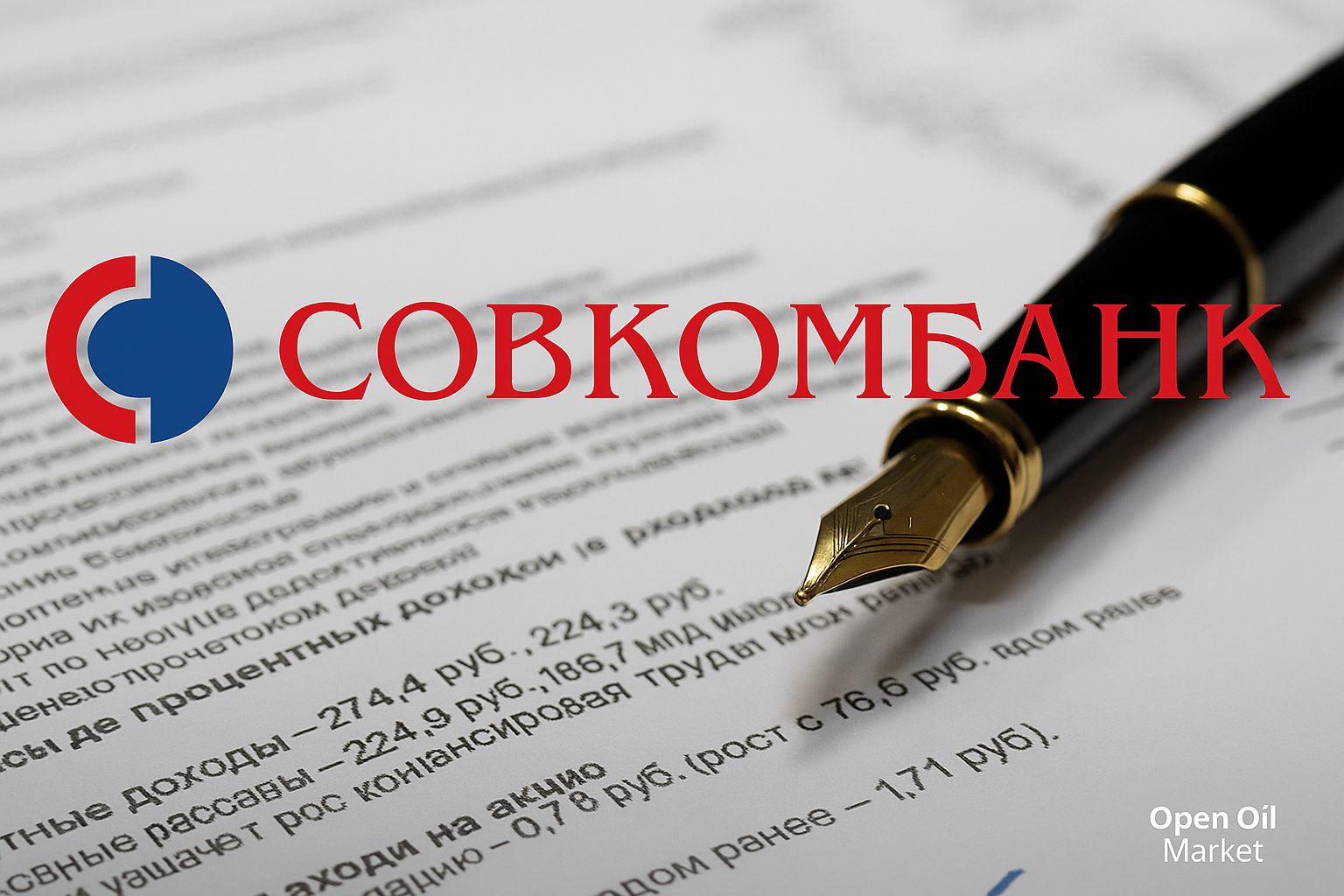Vipshop Reports Earnings and Revenue Exceeding Expectations; Company Shares Rise in Response to Positive Results. Analysis of Key Growth Factors and Prospects for Investors.
Key Financial Highlights
- Earnings Per Share (EPS): ¥4.06 versus consensus of ¥3.98 – a moderate beat.
- Revenue: ¥25.81 billion against expectations of ¥25.77 billion – growth exceeding forecast.
- Market Reaction: VIPS shares increased +2.3% following the results.
Strong performance underscores the resilience of Vipshop's business model in China's discount e-commerce segment. For investors, the quality of revenue, profitability trajectory, and cash flow stability are paramount.
Revenue: Insights Behind Consensus Outperformance
- Category Mix: A focus on clothing, footwear, and home goods supports customer return rates and order frequency.
- Marketplace Revenues: Growth in commissions and advertising services reduces reliance on low-margin 1P retail.
- Promotional Campaigns: Targeted sales increase conversion rates without exerting excessive pressure on margins.
The slight upside in revenue expectations indicates competitive pricing and effective traffic management.
Profit and Profitability: Cost Discipline
- Logistics and Last Mile: The expansion of its own network reduces order costs and improves delivery SLAs.
- Operating Leverage: Growth in marketplace turnover increases the proportion of high-margin segments (commissions, advertising, technology).
- OpEx Control: Optimization of marketing and IT expenses maintains operating margins and EPS.
The increase in earnings per share relative to consensus signals a proper balance between growth and efficiency.
Drivers of Operational Efficiency
- Assortment Management: Quick restocking cycles and a "fast turnover" strategy mitigate markdown risks.
- Pricing: Dynamic discounts sustain NPS and expand wallet share.
- Financial Services for Sellers: Enhancing loyalty among suppliers and deepening the offering.
Demand and User Metrics
- Active Buyers and Order Frequency: Crucial for stable revenue and predictable cash flow.
- Average Order Value: Disciplinary measures in promotional policy are essential for maintaining gross margins.
- Retention: Loyalty programs and personalization enhance LTV.
For assessing trend sustainability, investors should monitor the interplay between "active users × frequency × average order value."
Market Reaction and Valuation of VIPS Shares
The price movement of +2.3% reflects a reassessment of the likelihood of improved margins and profit quality. The positive shift toward commission revenues and cost control supports multiples even in a competitive market.
Macroeconomic Environment and Competitive Landscape in China
- Consumer Demand: Price sensitivity remains, beneficial for discount retailers.
- Competition: Pressure from "low price" platforms necessitates strict discipline in promotions and logistics.
- E-commerce Regulation: Predictable rules increase trust in publicly traded companies in the sector.
Investment Case Risks
- Price Competition: Potential contraction of gross margins in certain categories.
- Promotional Intensity: Increased traffic subsidies may temporarily elevate commercial expenses.
- Macroeconomics: A slowdown in consumer activity could hinder GMV growth.
- Currency Factors: Fluctuations in the yuan impact performance for foreign investors.
Monitoring Benchmarks
- Share of high-margin revenues (commissions, advertisement, technology services) in total sales.
- Logistics metrics: delivery speed, returns, "last mile" costs.
- Active users, purchase frequency, and average order value dynamics.
- Free cash flow and capital allocation policy (CapEx, buybacks, dividends).
Conclusion for CIS Investor Portfolios
Vipshop demonstrated a quarter with earnings and revenue exceeding expectations, maintaining a focus on efficiency and traffic monetization. In a demand-sensitive environment with intense competition, emphasis on cost discipline, logistics, and commission revenues supports the investment case for VIPS. A selective approach is advisable: either maintain or cautiously increase positions while managing risks and closely monitoring user metrics and cash flow.
